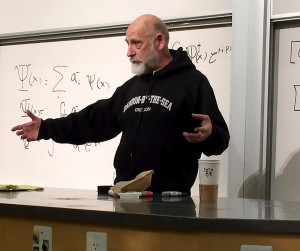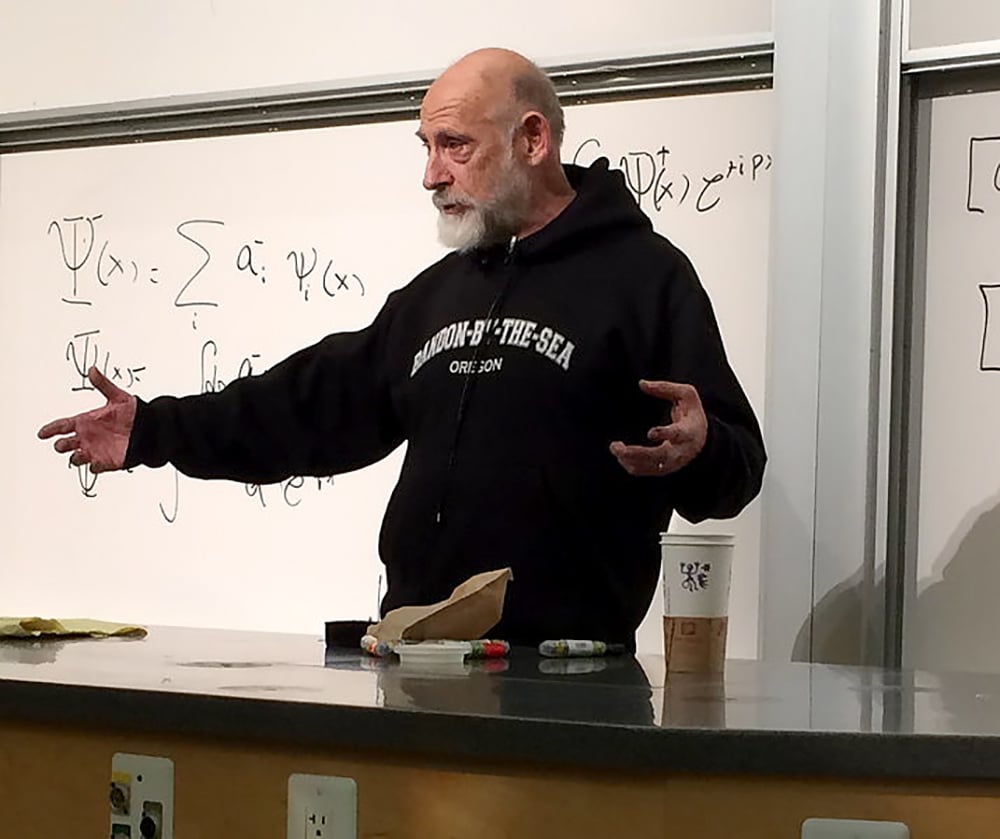
Although graduate students may seem to occupy a Stanford of their own, a number of graduate-level classes remain open to willing undergraduates. The Daily took a look at some of the best courses on offer for undergraduates in search of a challenge.
American foreign policy in Asia
International Policy Studies 264: Behind the Headlines, taught by former State Department official and current Center for International Security and Cooperation affiliate Anja Manuel ’96 M.A. ’96, is advertised as an introduction to U.S. foreign policy in South and East Asia.
Although the small 25-student seminar class is known for attracting a diverse and experienced array of students—from an Afghanistan veteran to a former Chinese diplomat—Manuel said that that shouldn’t deter undergraduates from applying.
In fact, the class is open to juniors and seniors who have a good understanding of the history of China, India, Afghanistan and Pakistan. The class assumes that the students are familiar with these regions already, given that its first four weeks cover 2000 years of South and East Asian history, and Manuel warned prospective undergraduates to be prepared for a heavy workload.
“I assign lots of reading, require lots of class participation and try to teach the students how to make effective policy choices,” Manuel said. “The papers I assign are short memos, similar to those that one would write for the Secretary of State. I require concise and effective writing.”
Exploring China’s transformation
Other graduate-level faculty offered a less intimidating portrayal of their classes.
Political Science 148/348: Chinese Politics: The Transformation and the Era of Reform is a spring quarter introductory course taught by Professor of Political Science Jean Oi. The class is practically split evenly between graduate students and undergraduates.
Oi explained that the class is not curved and focuses on writing generally and how to do research, gather information and formulate a research question specifically.
“The students do everything except writing the [Honors Thesis] paper,” Oi said. “You pick a topic of your interest, find out what the arguments are, what the debates are, look at sources and assess your topic.”
Oi emphasized that undergraduate students should not be deterred by concerns about grading.
“Every year I can remember many freshmen that have taken this class and ended up with the highest grades,” Oi said.
Unusual offerings
It isn’t just undergraduates who have rather non-traditional professors—graduate students have their fair share of interesting professors as well.
Physics 230: Quantum Mechanics, a course focused on high-level theoretical physics, is taught in the winter quarter by Professor of Physics Leonard Susskind. Considered the “bad boy” of physics by Scientific American, Susskind is described by his students as charismatic, with a big beard and a low, gruff voice.
Although the material may seem daunting in name, students affirmed that taking a Susskind-taught course is well worth it.
“First day of class, he walked in like a badass, proceeded to remove his coat to reveal his SpaceX pullover underneath,” said Robert Harlow ’14, a student in the class.
Contact Peter Moon at pmoon ‘at’ stanford ‘dot’ edu
